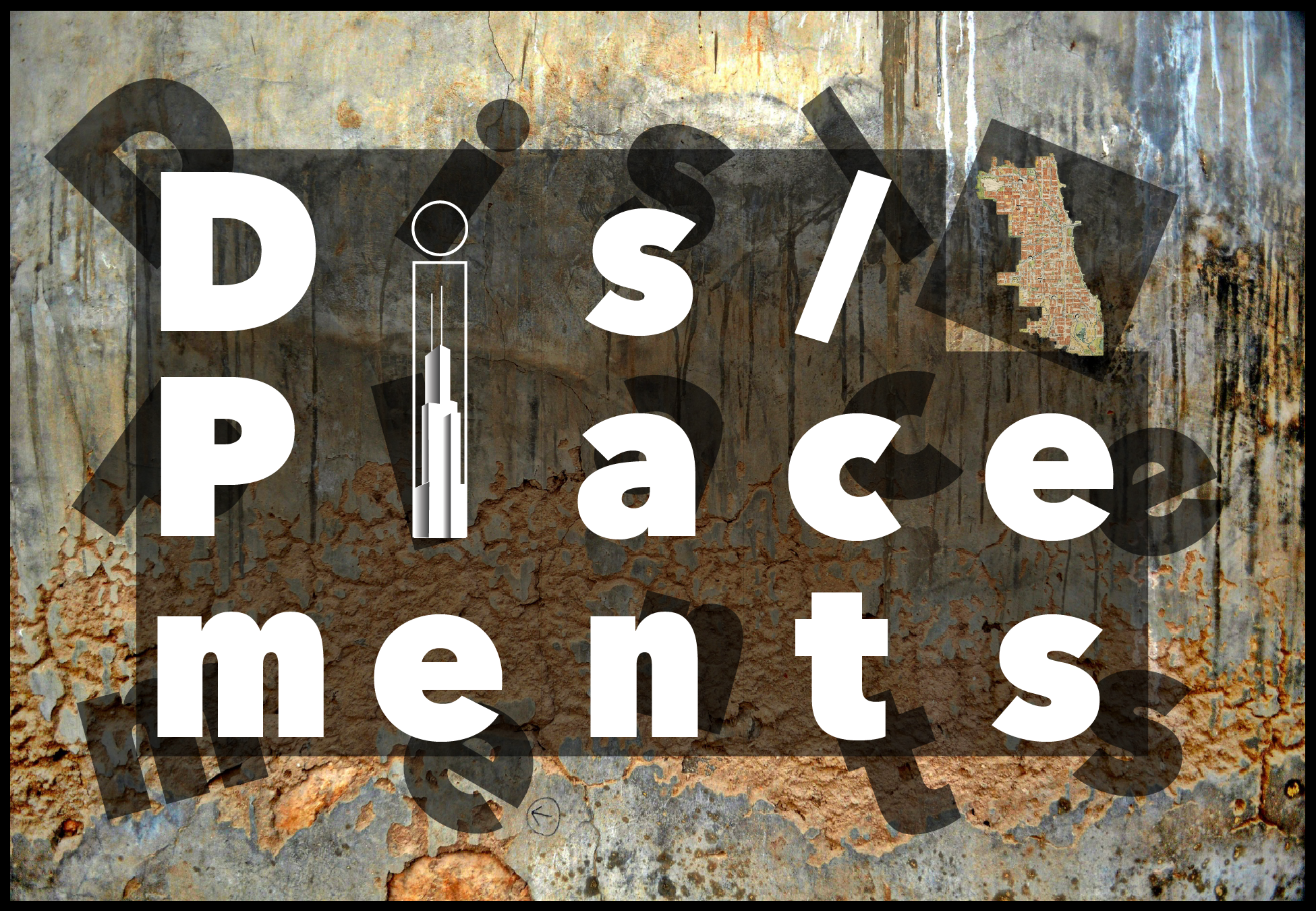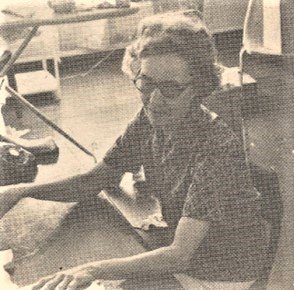The "Hillbillies" and Hank Williams Village
The “hillbillies” and hank williams village
Site #3 Description…
This site, presently Truman College (1145 W Wilson Avenue), was where Hank Williams Village, an affordable housing and alternative community for the thousands of Appalachians who migrated to Uptown, was proposed to be built.
Uptown Becomes a “Hillbilly ghetto”
Following industrialization and the mechanization of the coal mines in Appalachia, thousands of Southern white coal miners were left without a job and eventually displaced from their homes. Many of them migrated to northern cities, including and especially, Chicago, in search of a job. What awaited them was not the American Dream, but more poverty, discrimination, and the label, "hillbilly."
Chicago Tribune headlines from the time portray the migrants as backward and a "problem" for the city.
Appalachian migrants to Chicago settled in these blocks around the Wilson “el” station, and by the 1950s, around 38 percent of Uptown’s racially diverse population comprised white Appalachian migrants.
Performance artist Anndrena Belcher describes her family's experience of discrimination as they moved from Kentucky to Uptown. Source: America’s War on Poverty Part 1: In This Affluent Society (Public Broadcasting Service, 1995). Courtesy: Washington University, Henry Hampton Collections.
For Uptown’s business class, seeking to revive some of Uptown's pre-Depression glory, the migrants were bad for Uptown’s image. The government often colluded with the elite in characterizing migrants and their culture as the problem, rather than seeking solutions to ensure equal opportunity for the poor. There were many patronizing efforts to "reform" and assimilate the hillbilly which, naturally, were unsuccessful because they did not involve the community in decision-making.
Ads like this one in the Chicago Tribune (1942)
were commonplace, sponsored by organizations of businesspeople. This ad advertises Uptown as a shopping hub for middle- and upper-class families. One such organization was the Uptown Chicago Commission, established in 1955, that continues to push for urban renewal in Uptown even today.
The Hank Williams Village Movement
By the 1960s, however, the national climate of protest and revolution was also reflected in Uptown. As part of these “counter-culture” movements, Southern and Appalachian migrants began to organize themselves against the elite, the slumlords who tried to expel them from their homes so they could sell the land to developers, and the welfare bureaucracy that inflicted indignity upon them in return for less and less support.
The Montrose Urban Progress Center was set up in 1965 as a welfare office in Uptown. Members of Jobs or Income Now (JOIN) protested in front of it, and the placard is telling: "Sure we're poor, but not stupid. Ask us what we need." Source: Compass Rose Cultural Crossroads.
The movement for the Hank Williams Village became a watershed moment in this struggle. In 1968, as part of the nation-wide Model Cities program that (ironically) aimed to make cities more just towards its poor, Chicago’s city authorities announced the decision to build a city college on the North side of Chicago. While the city college would have been a valuable resource, especially for the poor and working class residents of Uptown, the chosen site for its construction was at the heart of the Appalachian settlement, and would displace between 1000 and 1500 members of this community. As a result, when built, those who would benefit most from public education would have been displaced, instead attracting and serving largely middle-class residents. What followed was a six-year battle where a community of poor white Southerners tried to resist the government and its elite backers.
Newspaper headlines from the time covering the Hank Williams Village movement.
The Southern migrants’ representatives in Uptown’s Model Cities planning council soon realized that they had no real power to stop the plan. They quit, and joined with several poor people’s community organizations to form the Uptown Area People’s Planning Coalition (UAPPC).
Source: Howard Alk, American Revolution 2 (Part II): Right On (Documentary, Film Group, Inc. 1969).
The UAPPC demanded a plan that would benefit them, and were asked by the planning council to suggest one themselves. The Hank Williams Village was the result. With grant funding, the UAPCC hired an architect couple, Rodney and Sydney Wright, to develop a plan through extensive consultations with the residents of Uptown. The plan was named after the “King of Country Music,” Hank Williams.
A hand-drawn plan of the Hank Williams Village. Courtesy: Peggy Terry archives, Wisconsin Historical Society.
But the planners' hopes were misplaced. Although the plan was initially considered by city authorities, stalling the college plan, the UAPCC could not resist the powerful vested interests behind the college plan, and in 1969, it was decided that the city college would, after all, be built in Uptown. Instead of a village, all the UAPCC got was the promise of a few units of low-income housing, one hundred thousand dollars (money used to kickstart Voice of the People, a community organization that even today acquires and manages low-income housing), and a "Hank Williams Playground."
A handwritten note behind a photograph in Peggy Terry's personal files indignantly notes that credit for the playground goes not to Mayor Daley, but to the poor people of Uptown. Courtesy: Wisconsin Historical Society.
By 1976, when the Truman College began operations, many of the “hillbillies” of Uptown, including some leaders, were forced to go back to the South. But those who were left behind continued to fight, and fueled a new wave of multiracial “poor people’s power” already taking shape in Uptown in the turbulent 1960s.
Excerpts from an interview with UAPPC leader Linda Hutchison (left) describing the aftermath of the movement. Source: Community Control newsletter, 1973.
Copyright ©2018 Dis/Placements Project











